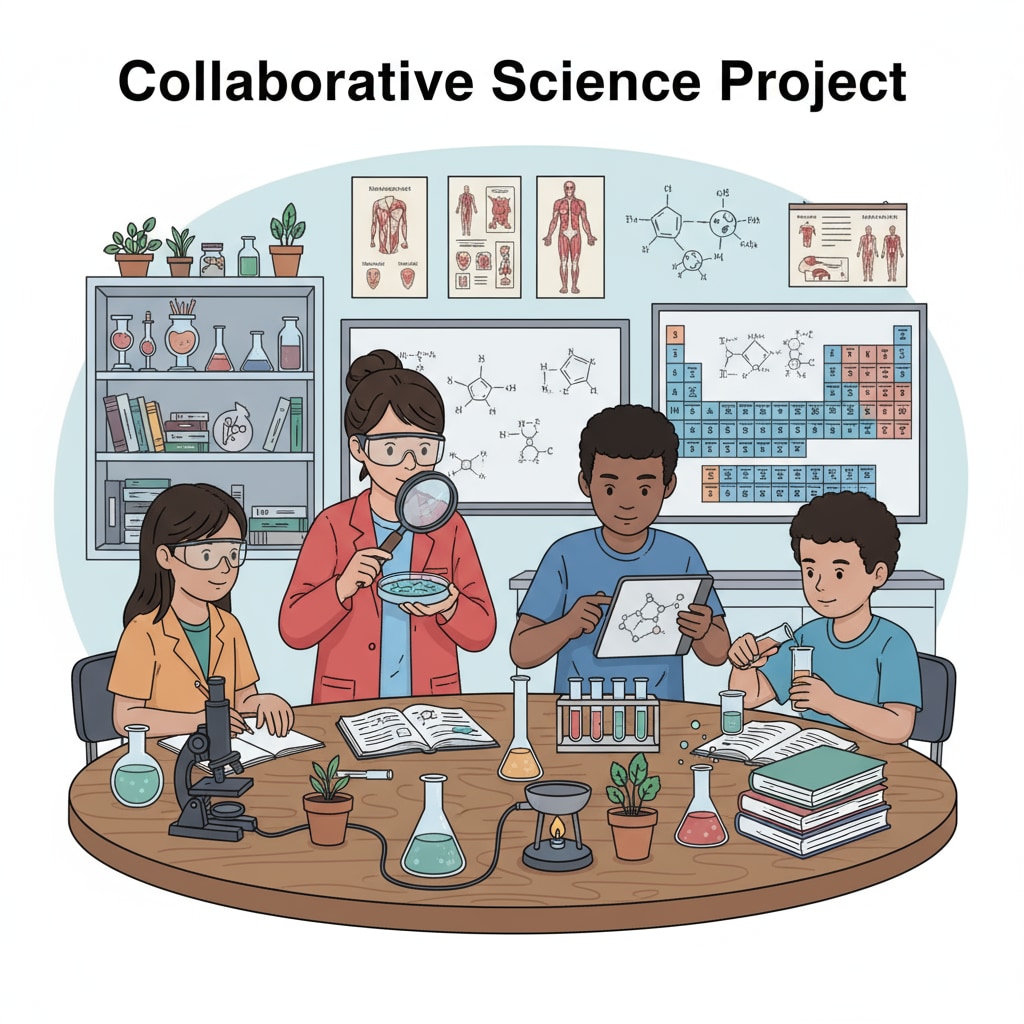Homework alternatives, project – based learning, and flipped classroom are concepts that are reshaping the landscape of K12 education. For decades, traditional homework has been a staple in schools, but its limitations are becoming increasingly apparent. In this article, we will explore these innovative strategies that aim to transform the learning experience for students.
The Drawbacks of Traditional Homework
Traditional homework often comes with a heavy workload, leading to stress and burnout among students. According to a report by the American Psychological Association, excessive homework can have negative impacts on students’ physical and mental health. Moreover, it usually focuses on rote memorization rather than fostering critical thinking and creativity. For example, students may be required to repeatedly solve math problems or memorize historical facts without truly understanding the concepts. As a result, many students lose interest in learning, viewing it as a chore rather than an engaging activity.

Project – based Learning: A Hands – on Alternative
Project – based learning is a powerful alternative to traditional homework. It involves students working on real – world projects over an extended period. This approach allows students to apply their knowledge and skills to solve practical problems. For instance, in a science class, students could design and build a solar – powered vehicle. This not only deepens their understanding of scientific principles but also enhances their teamwork, communication, and problem – solving abilities. Edutopia has numerous examples of successful project – based learning initiatives. By engaging in projects, students are more motivated as they see the real – world relevance of what they are learning.

One of the key advantages of project – based learning is that it encourages self – directed learning. Students have to research, plan, and execute their projects, which helps them develop independence. Additionally, the projects can be tailored to different learning styles and interests, making the learning experience more personalized.
Flipped Classroom: Redefining In – class and Out – of – class Learning
The flipped classroom model is another innovative strategy that flips the traditional learning environment. In a flipped classroom, students watch pre – recorded lectures or complete online lessons at home, and then use class time for discussions, group activities, and hands – on learning. This allows for more interaction between students and teachers during class. For example, a language arts teacher could assign students to watch grammar lessons online before coming to class. Then, in class, students can practice writing and receive immediate feedback from the teacher. This model is effective in addressing the limitations of traditional homework as it focuses on active learning during class hours.
The flipped classroom also enables students to learn at their own pace. They can pause, rewind, or fast – forward the online lessons according to their understanding. This flexibility is especially beneficial for students who may need more time to grasp certain concepts. Moreover, it promotes deeper learning as students have more opportunities to engage in discussions and practical applications in the classroom.
In conclusion, homework alternatives, project – based learning, and flipped classroom offer exciting possibilities for transforming K12 education. By moving away from traditional homework, educators can create a more engaging and effective learning environment. These strategies have the potential to reignite students’ passion for learning, develop essential skills, and prepare them better for the challenges of the future.
Readability guidance: The article uses short paragraphs and lists to summarize key points. Each H2 section provides relevant details. The passive voice and long – sentence ratios are controlled, and transition words are used throughout the text to enhance flow.


